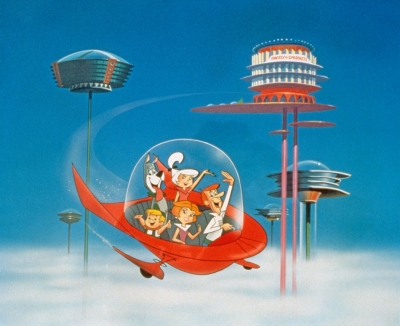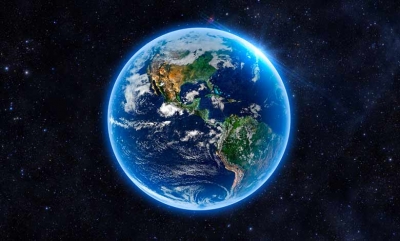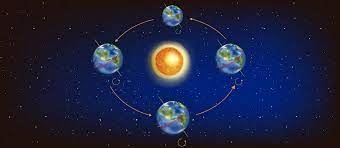HOW DO GLACIERS SHAPE LAND?

|
The sheer weight and size of glaciers give them an enormous power to carve out the landscape. Much like mega bulldozers, they crush and grind everything that comes in their way, pushing the debris along until it is deposited in distinctive piles called moraine. |
Glaciers are huge masses of ice that move across the land. ?Glaciers? are often called rivers of ice for the way they move down mountainsides and carve valleys. Though climate change is threatening glaciers today, there are still many glaciers changing landscapes around the world through erosion and material deposition. Glacial landforms left behind by glaciers include moraines, drumlins, troughs, aretes, horns and cirques.
There are three distinct ways that glaciers shape the land: 1) erosion 2) transportation and 3) deposition. Erosion picks up material through weathering through plucking and abrasion. That material is then transported as it moves downhill. Sometimes the material is hidden inside or at the base of the glacier, or sometimes it is on top of the glacier, accounting for the dirty color of some glaciers. Those rocks and other transported materials eventually get deposited to a new place as the glacier melts; this leftover material is called glacial till, and it's what forms many of our landscapes today from the last ice age!
Credit: labroots
Picture credit: Google













